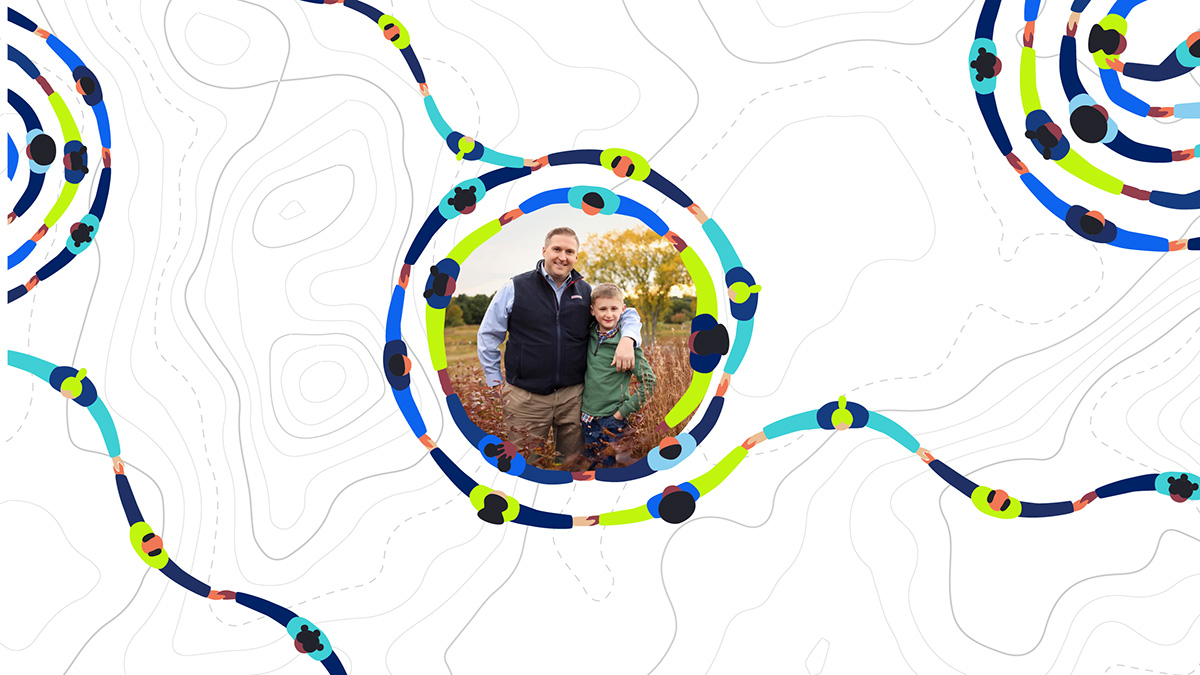Feb 4, 2025
Indigenous communities participate in pipeline construction

Indigenous participation: Members of the Indigenous community were involved in TransCanada's work in Northern Alberta as part of TransCanada's Aboriginal Construction Participation Plan.
When Trevor Fournier of Beaver First Nation heard that TransCanada was planning to build new natural gas pipelines through the forests of northern Alberta – the same forests his community relies on for hunting, fishing and other activities central to their culture and livelihood – he wondered what was going to be done to ensure these critical natural resources would be protected.
He received the opportunity to find out for himself when Fournier's community selected him for a job offered by TransCanada where he could learn about the project's construction techniques, safety standards and environmental mitigation measures.
"That whole place is where we go hunting. We look for medicines there,” Fournier said. “I wanted to see how TransCanada was looking after their safety and environmental issues.”
Fournier was one of 12 members from different Indigenous communities and organizations who participated in TransCanada's Aboriginal Construction Participation Plan (ACPP) for five pipeline sections of the 2017 NGTL System Expansion Project.
Building relationships
During their two months on the worksite, ACPP participants observed construction and environmental activities, and talked with TransCanada representatives on site about any questions or concerns. They would then prepare reports of their findings, including locations observed, site conditions, photos and any potential concerns or required actions to send back to their communities, increasing their understanding of how TransCanada builds pipelines.
“Building these relationships and creating opportunities to address Indigenous communities’ interest in project construction is why the program was developed,” said ACPP lead Vanessa Vredenburg. “It not only helps meet regulatory requirements for Indigenous monitoring, but it also advances communities’ understanding of how TransCanada conducts construction and post-construction activities and contributes to building capacity within Indigenous groups.”
Fournier said he was encouraged by what he saw.
“I saw what TransCanada is trying to do and what they go through to preserve the land. It’s good to see how environmentally active they are.” – Trevor Fournier, Beaver First Nation
“They’re doing their part,” he added.
Environmental transparency
Vredenburg said TransCanada received positive feedback and recommendations from ACPP participants and is using the information to further develop and implement the plan on future pipeline projects across Canada.
“It really was about involving Aboriginal community members to observe construction activities, and where possible, identify issues, ensuring transparency, so they could go back to their communities and share the information in order to help build that trust,” she said.
“There was an overwhelmingly positive response to TransCanada’s high environmental standards from those participating.”
Participants also received training in safety, first aid, transportation of dangerous goods (TDG), Workplace Hazardous Materials Information System (WHMIS) and a project orientation. Participants were also informed about TransCanada’s Environmental Protection Plan (EPP) and associated management plans, including the mitigation measures and construction practices for protecting the environment in which we work.
Fournier is enthusiastic about building on these skills and continuing in this line of work in the future.
“It’s very hands on, helping out. It’s work I’d like to get into,” he said.
“I already know a lot about the different plant species. I’d like to continue the training.”
Read more: Aboriginal Relations Policy
Read more: Native American Relations Policy



